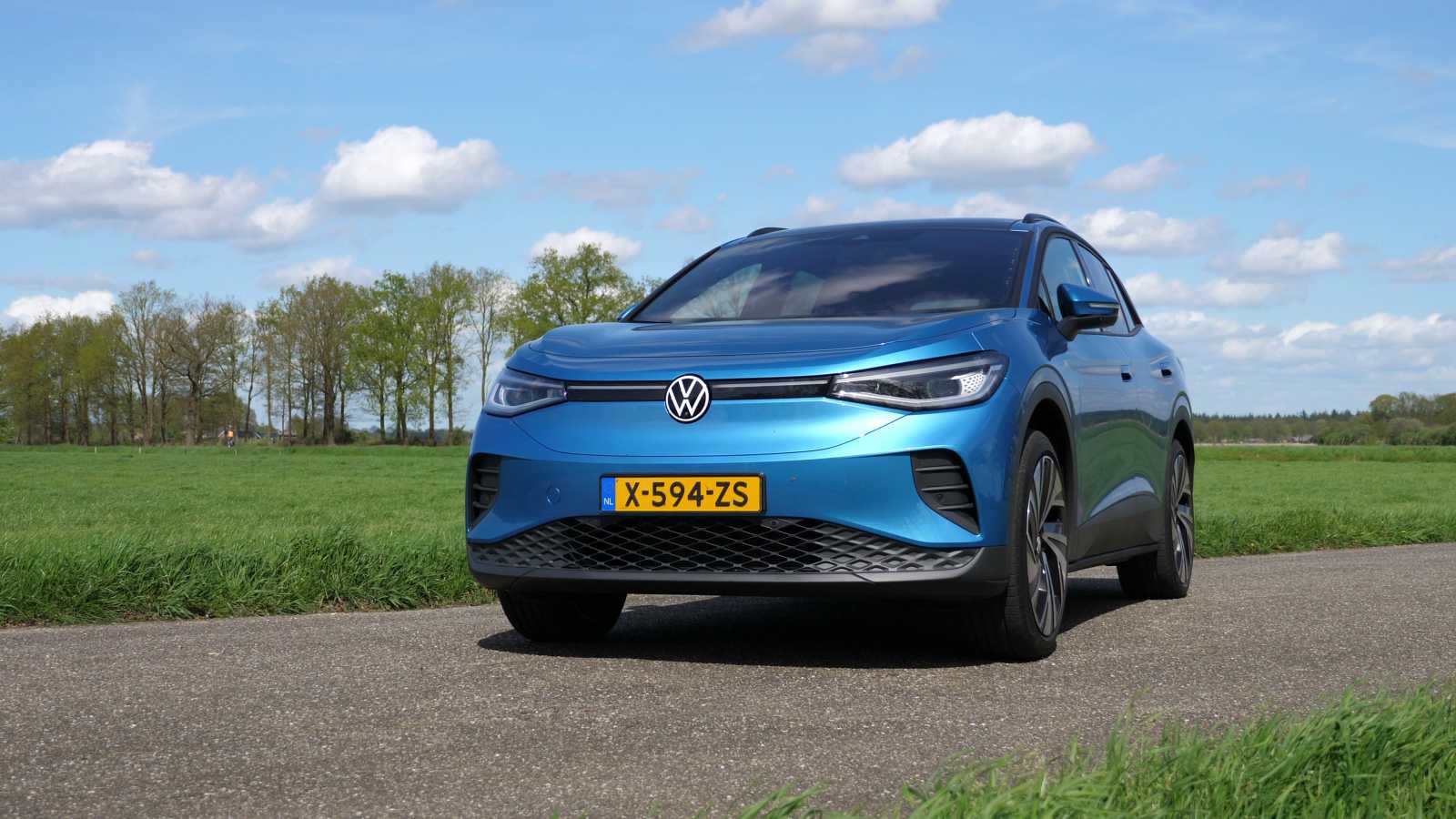Review – Volkswagen ID.4 (2024) – Can it still compete at the top?
Volkswagen ID.4
In 2020, we were first introduced to the ID.4.
It was not a standout car and technically it did not stand out above the competition.
Still, it did what it was supposed to do, with an excellent range for the price.
The competition has not been idle since then, and the Volkswagen SUV began to lag a bit behind technically.
The Germans have now taken the technology up a notch, and that makes the model a lot more interesting.
More power
For example, the electric motor has been firmly modified.
A new oil and water cooling system has been added, along with a new inverter.
These modifications make the ID.4 a lot more powerful.
The rear-wheel-drive variant now has an output of 286 hp, compared to the 204 hp of its predecessor.
You notice this immediately in the driving experience: acceleration from 0 to 100 km/h now goes in just 6.7 seconds, compared to the 8 seconds of the previous model.
Torque has been increased from 310 to a whopping 545 Nm.
As a result, the ID.4 feels fast and powerful.
This is in contrast to the outgoing model
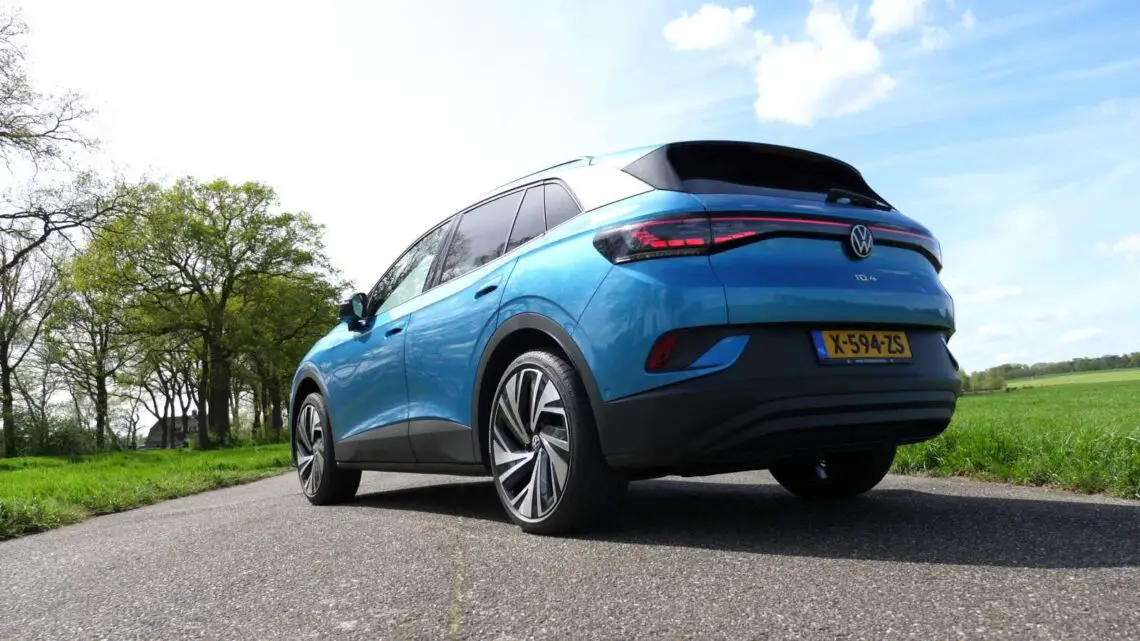
More efficient
The new electric motor is not only more powerful, but at the same time more efficient.
It needs less electricity to create more power.
You can see that in the range figures.
Although the battery has not increased in capacity at 77 kWh, the ID.4 now achieves a maximum range of 550 kilometers.
In practice, you should count on about 400 to 500 kilometers, depending on the circumstances.
Fast charging is possible up to 135 kW, which is not hugely impressive.
Small battery
The ID.4 is additionally available with a 52 kWh battery.
However, this variant has not received any updates and retains an electric motor with 170 hp.
The range remains at 364 km and the maximum charging rate has been increased slightly to 115 kW (previously 110 kW).
While this small improvement is pleasant, this version lags somewhat behind technically.
You actually want to leave this version behind.
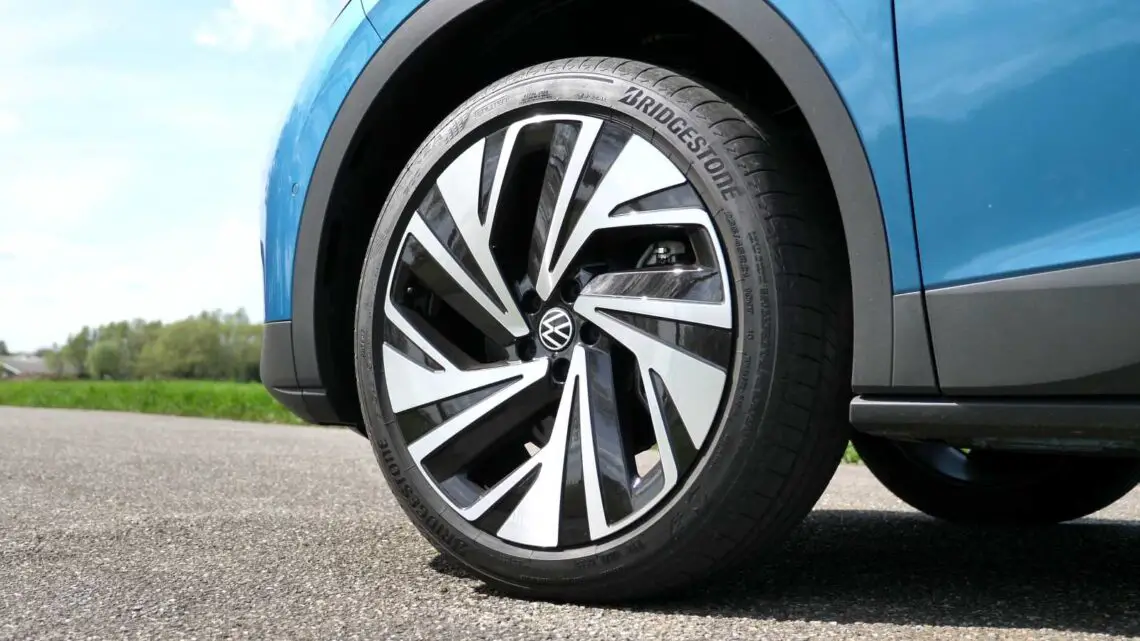
How does he drive?
The driving characteristics of the updated ID.4 have remained virtually the same, because the chassis has not been changed.
However, it is now a lot faster.
However, comfort still comes first.
If you want something more sporty, you can choose an adaptive chassis(DCC: Dynamic Chassis Control).
This will put it tighter on the road and allow you to corner more smoothly if you put it in sport mode.
But you might wonder if you should want that with a family SUV.

ID.4 GTX: more power
Moreover, you might then be better off going for the ID.4
GTX.
This sporty variant has been upgraded from 299 hp to 340 hp.
In addition, the GTX can now charge at 175 kW.
However, this raises questions.
Why doesn’t the ID.4 offer this charging speed as standard?
A possible explanation lies in the positioning of the GTX as a top-of-the-line version, but we think it’s a shame.

Battery preheating
A nice new feature is preheating the battery.
This ensures that the battery is already at the right temperature before you start charging, making charging faster and more efficient.
Especially in the cold months this is very useful, as the temperature can affect the charging speed and range quite a bit.
With the push of a button, the battery starts to warm itself up.

Interior
Some changes have also been made in the interior of the updated ID.4.
Most notable is the new 12.9-inch touchscreen.
We know this screen from the ID.7, among others, but you will also find it in other Volkswagen Group models, such as the Skoda Enyaq and Superb and Volkswagen’s new gasoline models, such as the Passat and the Tiguan.
The new software running on it is nicely responsive and very clear.
Volkswagen seems to have mastered the software in its cars by now.

Selector lever
The selector lever has been moved to the steering column, which takes some getting used to, but feels intuitive after a while.
A new steering wheel with faux leather and a different layout has also been added.
The digital instrument cluster has also been updated and given a different layout.
These are minor updates, but do improve the car.
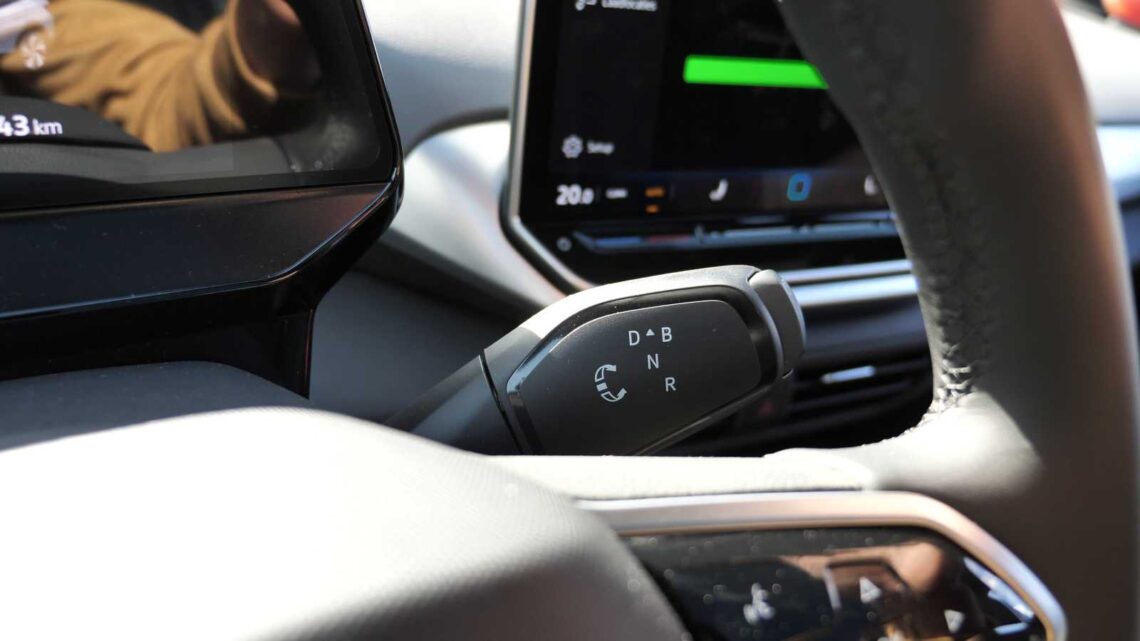

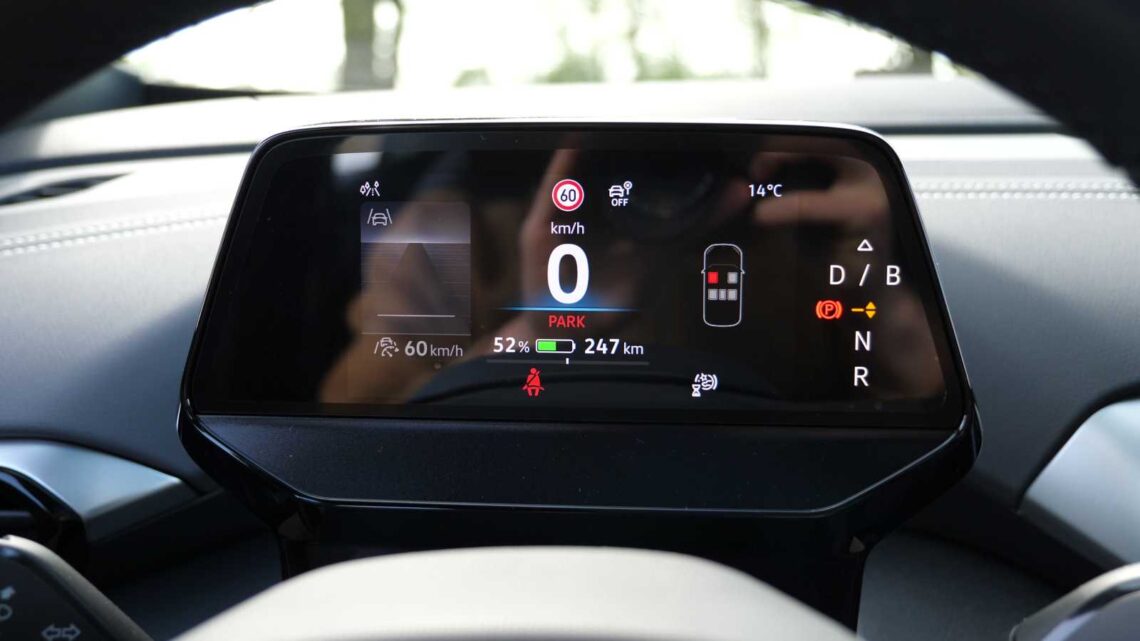

Sliders
Another minor update is that the sliders for controlling the A/C and volume are now illuminated.
This control, however, remains a point of contention.
Indeed, in the Skoda Enyaq, which is technically similar to the Volkswagen, this works much easier with physical buttons.
Should you be in doubt between these two models, it might be useful to also watch the video of the Enyaq in which these differences become clear.
Luggage space
The luggage space of the ID.4 is unchanged and still offers a solid 534 liters.
This is sufficient for most daily needs and makes the ID.4 practical for families who want to go on vacation or people who regularly transport a lot of luggage.
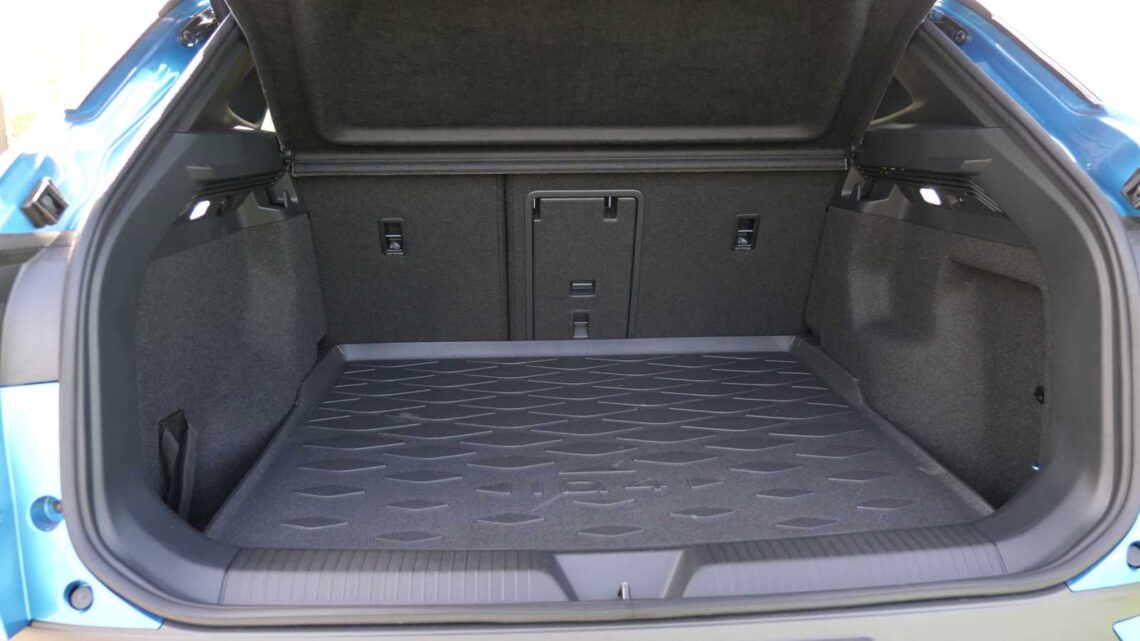
What does the Volkswagen ID.4 cost?
The updated Volkswagen ID.4 starts at 44,990 euros for the Pure version.
So you want to avoid this version because it has not received any updates.
The Pro version, which costs a minimum of 49,990 euros, is a much better choice.
This version gets a lot further, can charge faster and has more power, justifying the extra price.
Conclusion
All in all, the updated Volkswagen ID.4 has received a substantial upgrade, especially in terms of engine performance and technology.
The base version may not be that interesting, but the Pro version certainly makes the ID.4 a strong player in the electric SUV segment.
It may not stand out anywhere head and shoulders above the rest, without really being able to criticize it on anything.
Knowing more? Watch the video below:

